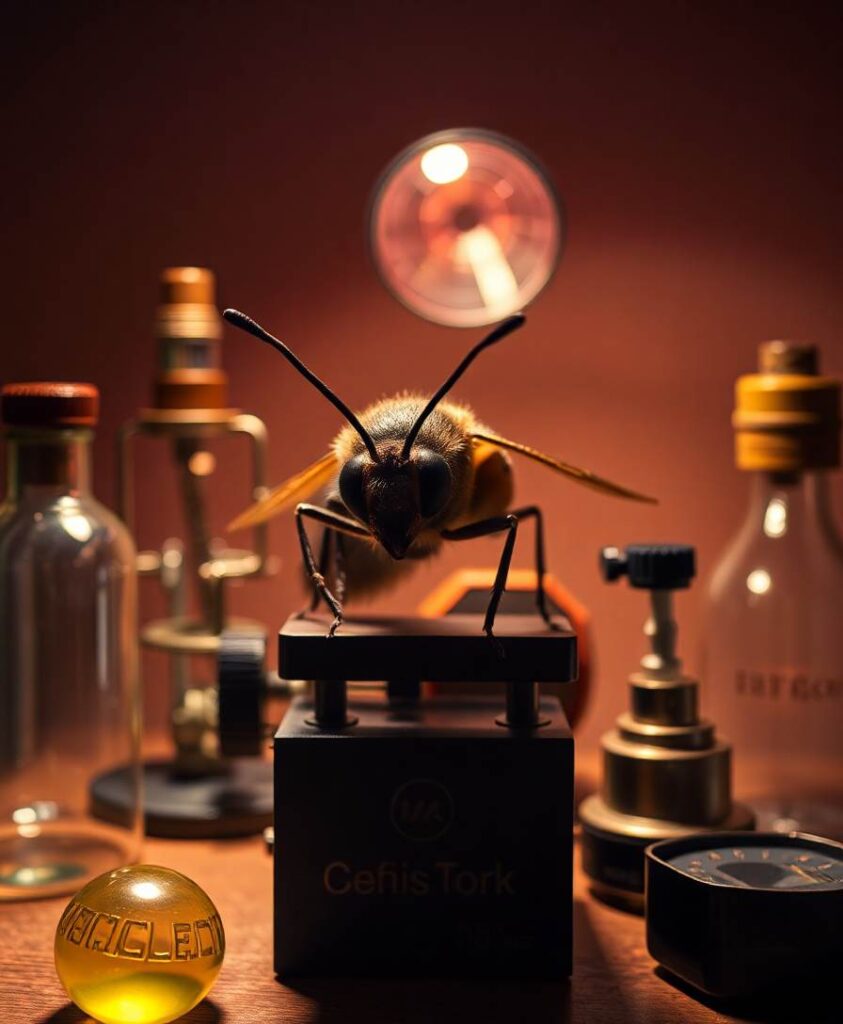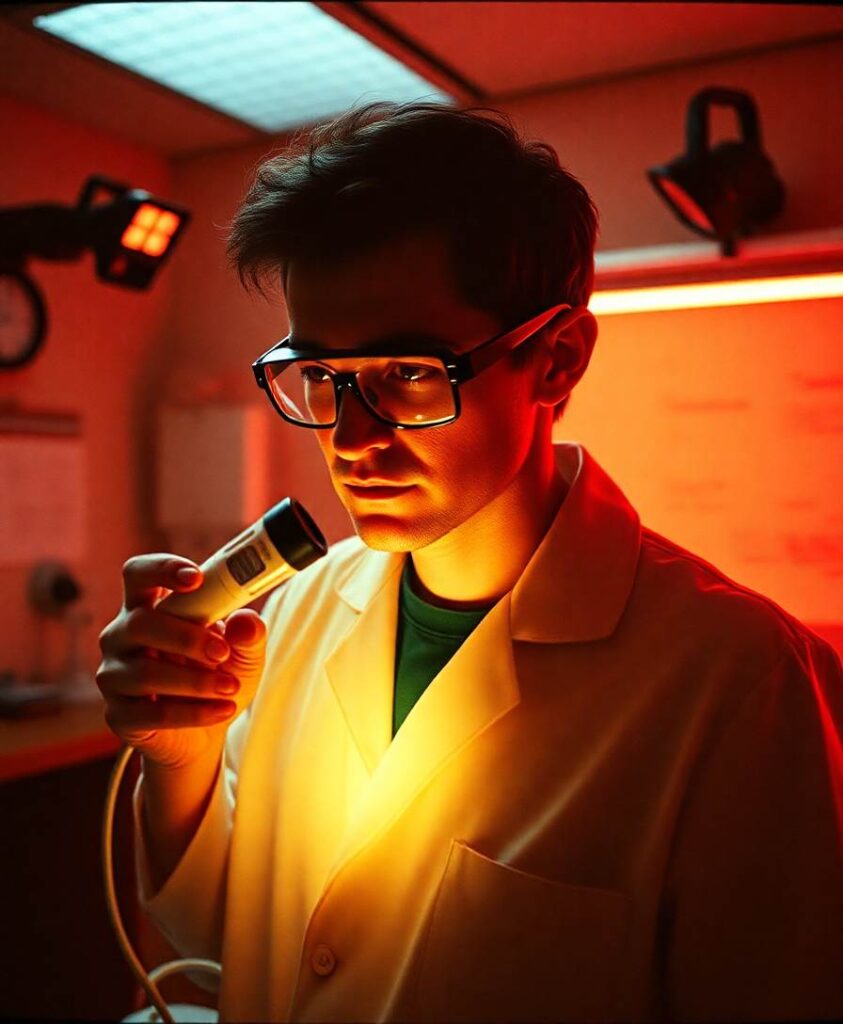The advances reported use a precise molecular structure called a polypurine hairpin to alter gene activity. This technique interacts with the genome in a way that nudges cells toward higher uptake of cholesterol, lowering the level of artery-clogging lipids in animal studies. The magnitude of the changes and the absence of obvious side effects in these experiments suggest a potential therapy that is powerful without adding new burdens for patients.

If these findings translate to people, the implications extend beyond numbers on a lab report. Safer cholesterol control could widen access to effective prevention, preserve mobility and vitality as people age, and reduce disparities in cardiovascular outcomes. Follow the full study to discover how this genetic strategy works, what hurdles remain before clinical use, and how it might reshape opportunities for healthier lives.
Researchers have developed a DNA-based therapy that targets the PCSK9 gene to lower cholesterol naturally. Using polypurine hairpins, they increased cholesterol uptake by cells and reduced artery-clogging lipid levels. The results show dramatic drops in PCSK9 and cholesterol levels in animal models, pointing to a safer and more effective alternative to statins.



